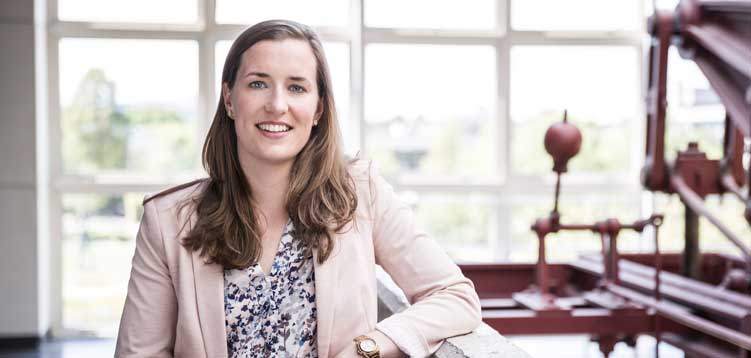Research to Literally Get Under the Skin of Things
News and Events
- UCD and Irish Space Association Join Forces to Drive New Partnerships in Ireland’s Growing Space Sector
- Groundbreaking MedTech device by UCD spin-out secures €6m in funding
- Research reveals the evolution of human bipedalism in two steps
- EIRSAT-1 successfully demonstrates advanced satellite pointing
- MNMT-Dublin was recognized as a Sustainable Laboratory as announced by Minister Lawless
- Minister Lawless announces 72 Sustainable Laboratory Certifications
- Successful Demonstration of Hydrogen Innovation: RESR Technology Showcased on a Live Film Set
- 2024 Archive
- 2023 Archive
- 2022 Archive
- UCD Graduate Clíodhna Lyons named Automotive News Europe Rising Star
- Irish Government invests in 47 projects to engage and inspire the public about STEM
- Research to Literally Get Under the Skin of Things
- IMI project Screen4Care to speed up diagnosis and enhance healthcare for rare disease patients
- €9M joint investment for US-Ireland R&D Programme
- Helping People Understand and Mitigate the Spread of Aerosol-Born Infections
- Research teams chosen to find disruptive ideas for Irish Defence Forces
- Reducing the operational requirements of wind turbines with real-time downtime detection
- 2021 Archive
- 2020 Archive
- 2019 Archive
- 2018 Archive
- 2017 Archive
- 2016 Archive
Research to Literally Get Under the Skin of Things
Monday, 25 April, 2022

Associate Professor Aisling Ní Annaidh of the School of Mechanical & Materials Engineering, Photo by Ste Murray
An unusual research topic for her doctoral thesis led Dr Aisling Ní Annaidh into the fascinating world of tissue biomechanics – the study of research into the mechanical and physical properties of tissue – and developing a particular focus on the skin. This has in turn led her and her team to undertake a wide range of research over the past decade with significant practical healthcare impacts. The outcomes include unexpected results leading to changes to EU standards for helmet testing, supporting innovation in Ireland’s world-leading medical devices sector and, most recently, a novel approach to the age-old challenge of customising wheelchairs for people who have a physical disability.
"There’s absolutely no point in having a sophisticated model that has no basis in reality. The experiments provide us with the information we need to create more sophisticated models – so they both have a place in our work and complement each other very well."
You can read the full case study here: Research to Literally Get Under the Skin of Things